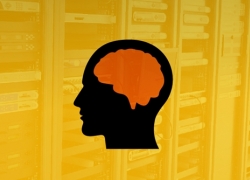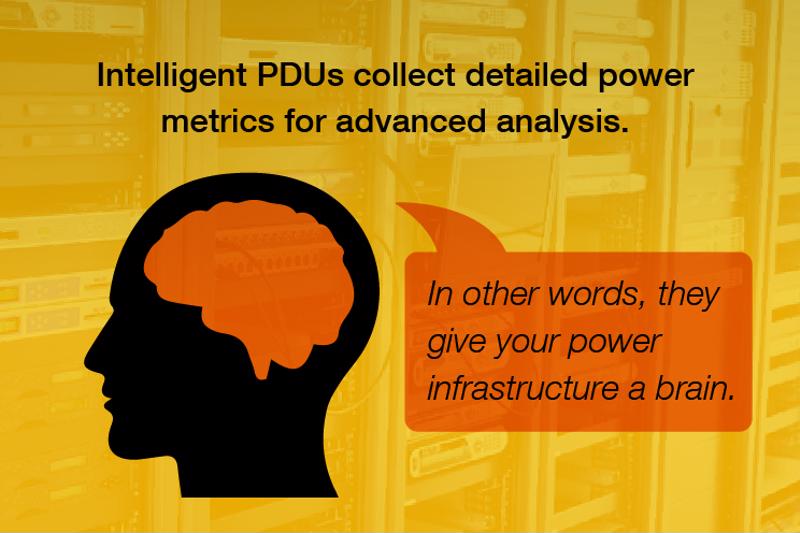Intelligent PDUs: If Doogie Howser were a power strip
Intelligent PDUs: If Doogie Howser were a power strip

If ever an intelligent power distribution unit (PDU) were personified as a dated TV-show character, that character would be none other than Doogie Howser, the teenaged wunderkind who became America's favorite child doctor.
Think about it: The intelligent PDU market is fairly young, like Doogie, but everyone wants a piece of it. According to Grandview Research, the market will be worth over $2 billion by 2025. The parallels become ever more apparent when you consider their powers of perception: Doogie, though naive about many things, is extraordinarily knowledgeable about medicine. Comparably, intelligent PDUs can diagnose power distribution problems and communicate those issues to data center managers through a remote alerting system, even when they're miles away.
And that's not the half of it.
Smart power means smarter facilities
"Real-time power-monitoring at the PDU level provides advanced insight."
Let's table the Doogie references for a minute and talk power. Power usage effectiveness (PUE) is and always has been the most succinct summary of power efficiency in the data center. It simply measures the amount of energy consumed by IT equipment (servers and switches) relative to facilities (cooling, lighting). And while it's not going away anytime soon, an increasing number of data center managers are attempting to simultaneously optimize their redundancy, efficiency and resilience.
According to Data Center Knowledge, this triad of prerogatives plays out as a difficult balancing act.
"[Y]ou can make a system more resilient by increasing redundancy, but increasing redundancy often has negative effect on efficiency, since you now have more equipment that needs to be powered and more opportunity for electrical losses," Yevgeniy Sverdlik wrote. "At the same time, more equipment means more potential points of failure, which is bad for resilience."
Realistically, it's up to data center managers to determine where their priorities will lie based on whatever function their facilities serve and the nature of their SLAs. However, to actually work toward any sort of reconciliation between these priorities, you need visibility. Real-time power-monitoring at the PDU level provides that insight.
This is beneficial for load-balancing and early detection of potential power issues, but more importantly, it gives your data center power infrastructure a brain. It may not be quite as big as Doogie's, but it's perfectly capable of aggregating power intelligence into a central management console where it can be analyzed, so that smarter decisions pertaining to energy consumption priorities can be made.

Intelligence that doesn't quit
This is where Doogie and PDUs part ways. Doogie dropped the act after four seasons on the air, but real-time power intelligence will ideally be continuous. This is important for making longer-term infrastructure management decisions - the more data you have, the more accurate your capacity planning efforts.
In order to facilitate ongoing power intelligence gathering, best-in-breed PDUs utilize Rapid Spanning Tree Protocol (RSTP). This allows for bidirectional connectivity between PDUs and data center network switches. In other words, an entire series of daisy-chained PDUs only needs two cable connections back to the switch. RSTP prevents the broadcast storms that might typically result from this type of setup, while ensuring that any faults in the chain won't disrupt power intelligence gathering.
Lastly, intelligence PDUs are upgradeable. Hot-swapplable intelligence, including humidity and temperature sensors, can be added or removed as needed – kind of how Doogie can forget and remember things, only it happens on command.



